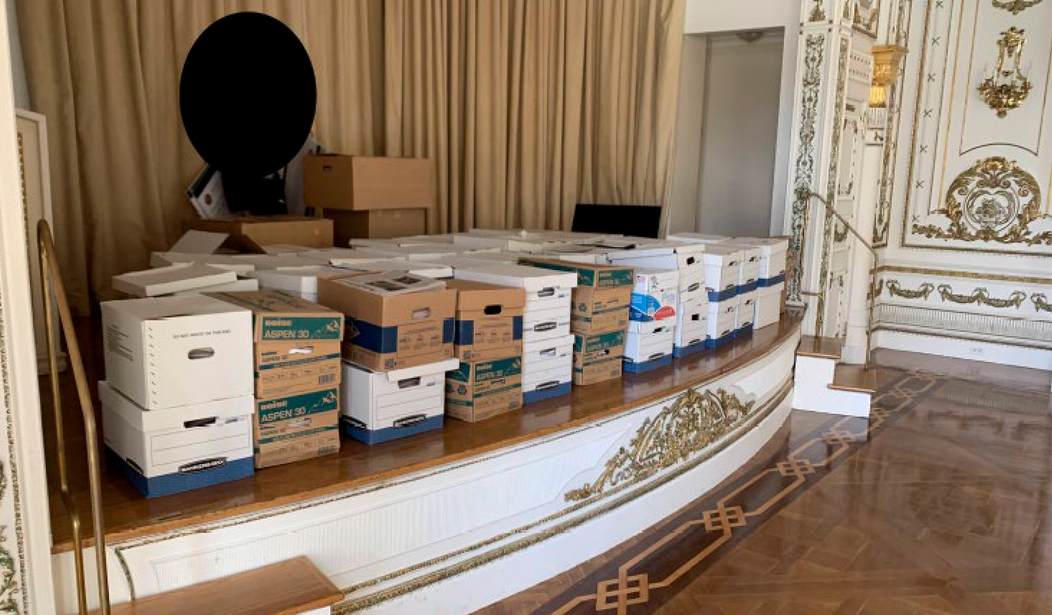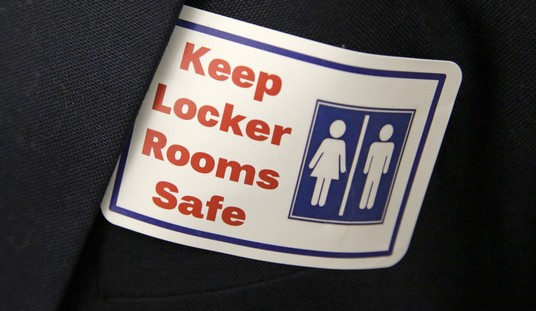Of course, everyone has heard about Donald Trump being indicted in Miami on Tuesday. I’m not a lawyer, but I do know a fair bit about classification and the processes that go with it. From that point of view, the whole indictment looks … odd. Hinky. I’ve actually written a good bit about this in the past, between covering Edward Snowden and discussing Hillary Clinton’s scandalous emails. This started when Snowden defected to Russia after realizing that the U.S. authorities weren’t buying the idea that he was just a whistleblower.
Aside: Yes, I did say “defected.” Now that he’s been granted Russian citizenship, he’s pretty much on the same level as Kim Philby. My guess is at first, he hoped he would be welcomed back by, say, a new Clinton administration. When it was clear that he wouldn’t be welcomed back as a hero, he fled Hong Kong for Russia. Let’s see him get an exit visa now.
So while we wait for Godot Snowden to return, let’s go back over how classification actually works. The source of all classification is Executive Order 13526. It’s the usual bureaucratic bafflegab, but it’s not actually very long, and it’s important. The most important part, though, is in the title: “Executive Order.” Remember that: we’ll be coming back to it. It starts — after the usual throat-clearing — by identifying the basic levels of classification:
Sec. 1.2. Classification Levels. (a) Information may be classified at one of the following three levels:
(1) “Top Secret” shall be applied to information, the unauthorized disclosure of which reasonably could be expected to cause exceptionally grave damage to the national security that the original classification authority is able to identify or describe.
(2) “Secret” shall be applied to information, the unauthorized disclosure of which reasonably could be expected to cause serious damage to the national security that the original classification authority is able to identify or describe.(3) “Confidential” shall be applied to information, the unauthorized disclosure of which reasonably could be expected to cause damage to the national security that the original classification authority is able to identify or describe.
(b) Except as otherwise provided by statute, no other terms shall be used to identify United States classified information.
By the way, notice that last part: there’s no such thing as being “more classified” than Top Secret. In any case, besides the classification level, there is a second component. This is compartmentalization; information is included in a compartment depending on how it was obtained or what sources and methods it may reference. So, for example, in Hillary’s emails, at least two items were classified “TOP SECRET//SI//TK//NOFORN”. “TOP SECRET” is the level, “SI” is for “special compartmented intelligence,” — generally some kind of communications intelligence — “TK” stands for and used to be called “TALENT KEYHOLE” and refers to satellite imagery and the like, and “NOFORN” reasonably enough means it’s not to be distributed to anyone outside official U.S. entities.
Classification actually goes by paragraph, and it’s infectious: each paragraph is marked with a classification marking, (T), (S), (C) — or (U) for “unclassified,” which strictly isn’t an official classification level but a recognition that not everything is classified. But a page in the document is classified at the highest level of any paragraph on the page, a document is classified at the highest level of any page, and if there is a single paragraph in a single document that’s classified (C) or above, the document must be stored at the least in a file cabinet safe with a combination lock. That’s only good for Secret. Above that, or with special compartmentalization, it must be stored in a Sensitive Compartmented Information Facility, a SCIF.
There are a lot of detailed rules, but to a first approximation, it’s a bank vault with desks and push-to-talk phones. I’ll resist a digression about that (read my “Hillary’s Air-Gap Problem”), but the idea is that sensitive information should never come out of the SCIF unless it’s being securely transmitted to another SCIF. So now — at last — we get back to the Trump indictment. For that, let’s refer back to the famous EO 13526. The key here is where classification comes from. For that, we go on to:
Sec. 1.3. Classification Authority. (a) The authority to classify information originally may be exercised only by:
(1) the President and the Vice President;
(2) agency heads and officials designated by the President; and
(3) United States Government officials delegated this authority pursuant to paragraph (c) of this section.
In order words, classification is by the President or Vice President or by delegation of the authority of the President or Vice President. Solely by the President or Vice President, under the President’s Article II powers in the Constitution. The other side of this is that what the President giveth, the President can also taketh away. This is where the whole indictment gets into muddy water: Trump, as President, has sole authority over classification and declassification. Others, like the Director of National Intelligence, can be delegated that authority, but the authority comes from the President.
So it seems to not-a-lawyer me that the whole indictment is on shaky ground. Thanks to the separation of powers, the courts don’t even have authority over Presidential classification decisions. Arguably, then-Vice President Pence has unilateral declassification authority, but it does apply to, for example, the Secretary of State (Clinton) and the Director of the FBI (Comey), both of whom have leaked and exfiltrated a good bit of highly classified material. And then we come to Bill Clinton’s sock drawer. Michael Bekesha had a piece in the Wall Street Journal (archive link) on the 13th. He is a lawyer. He writes, “The Presidential Records Act allows the president to decide what records to return and what records to keep at the end of his presidency. And the National Archives and Records Administration can’t do anything about it.”
Bekesha has special expertise in this because, as he says, “I’m the lawyer who lost the ‘Clinton sock drawer’ case.”
He notes:
Amy Berman Jackson agreed: “Since the President is completely entrusted with the management and even the disposal of Presidential records during his time in office,” she held, “it would be difficult for this Court to conclude that Congress intended that he would have less authority to do what he pleases with what he considers to be his personal records.”
The whole indictment should be summarily dismissed on precedent: Bill Clinton’s socks know why.










